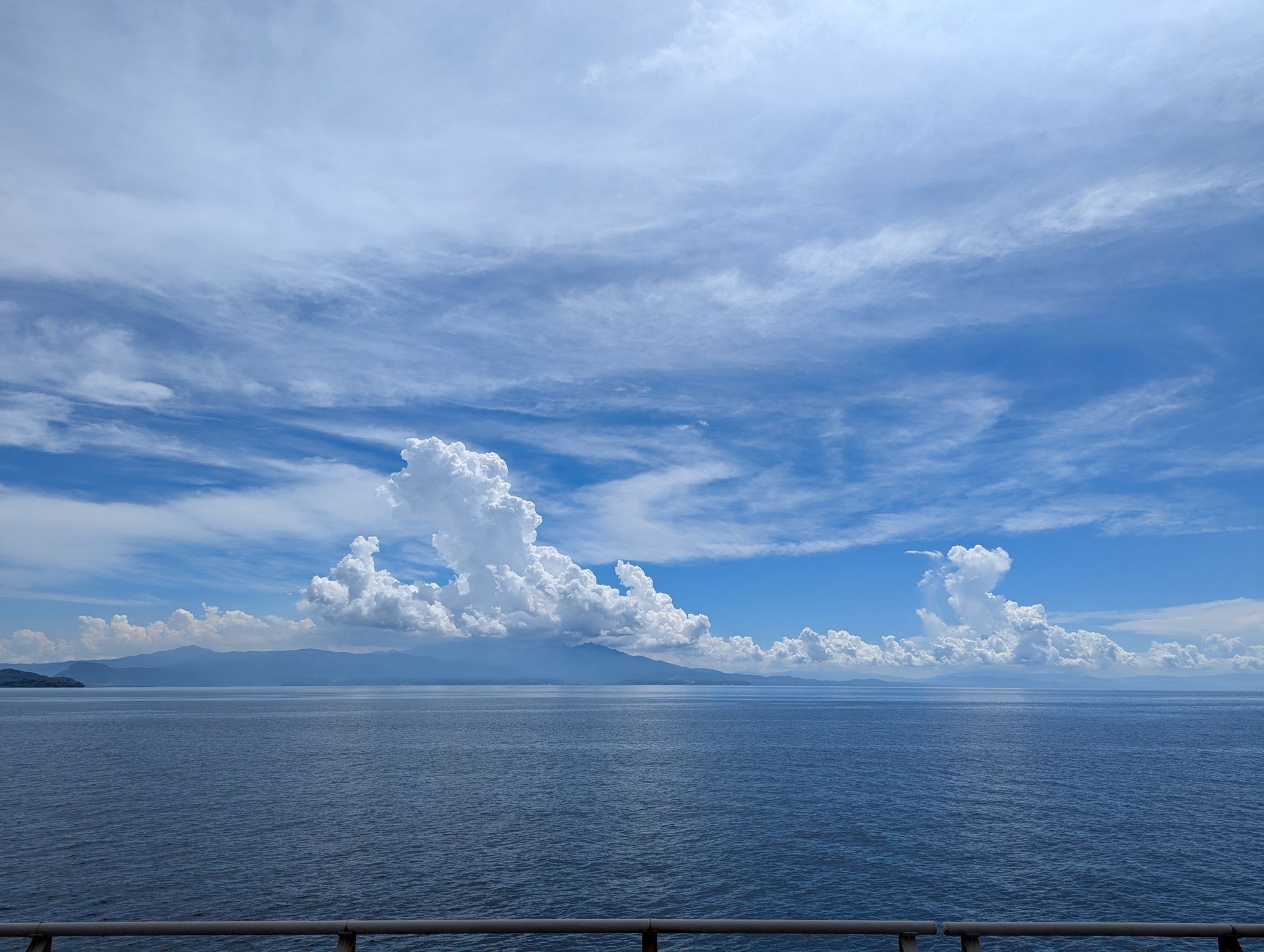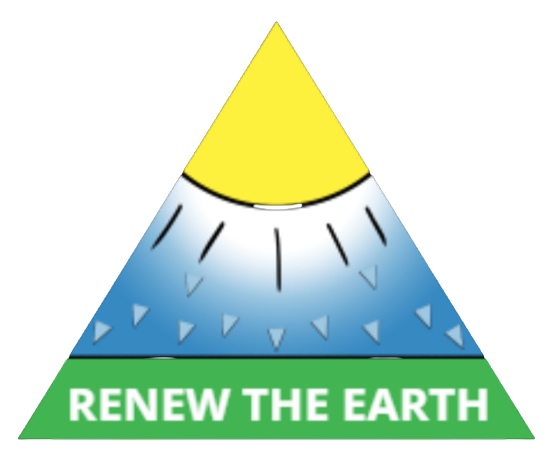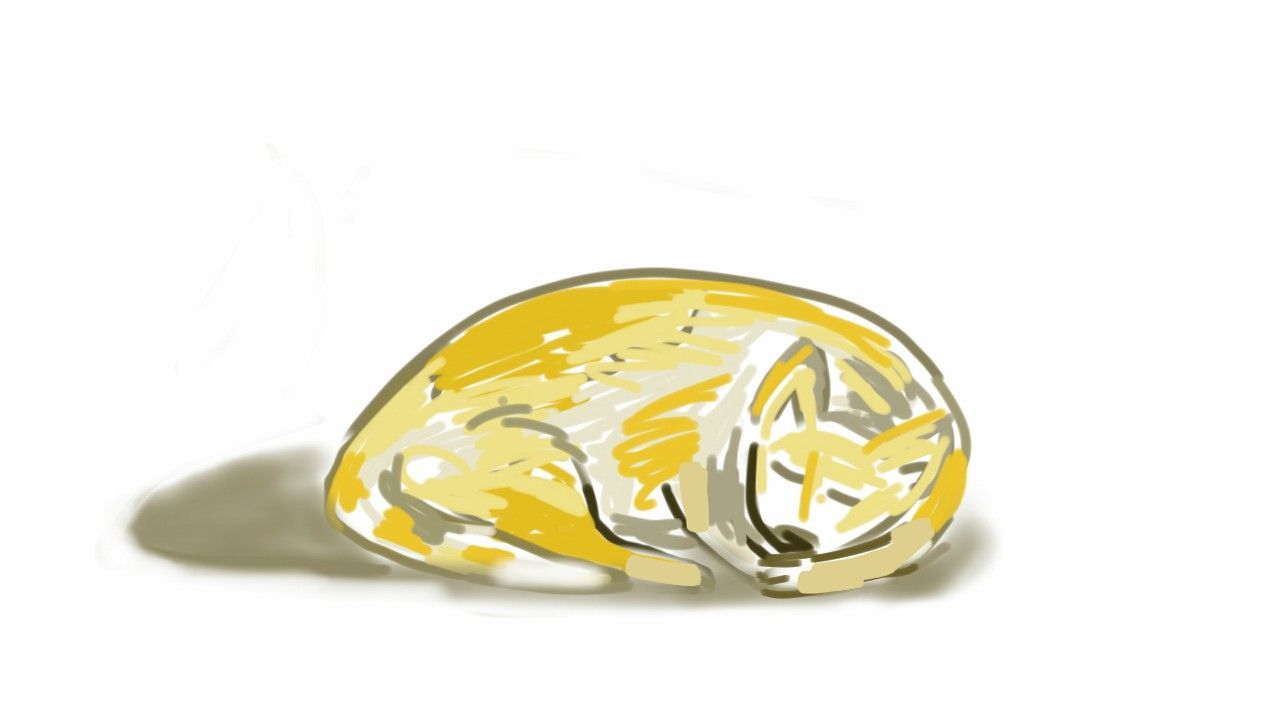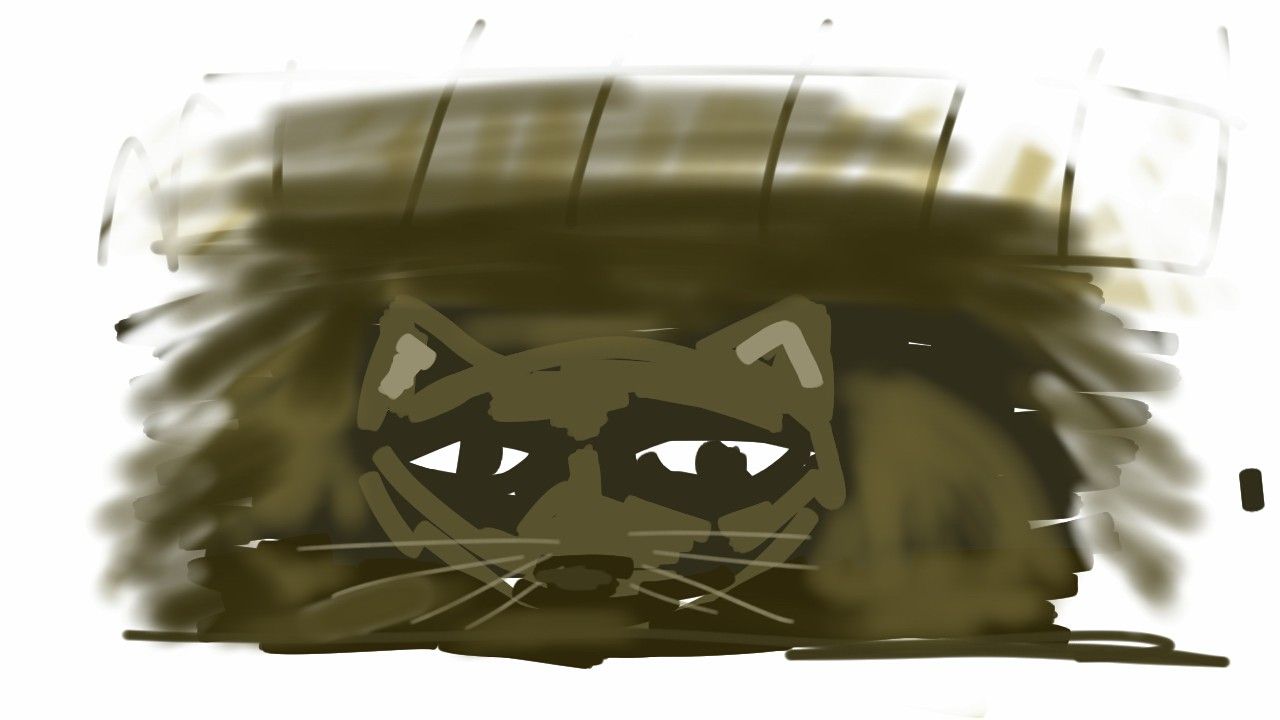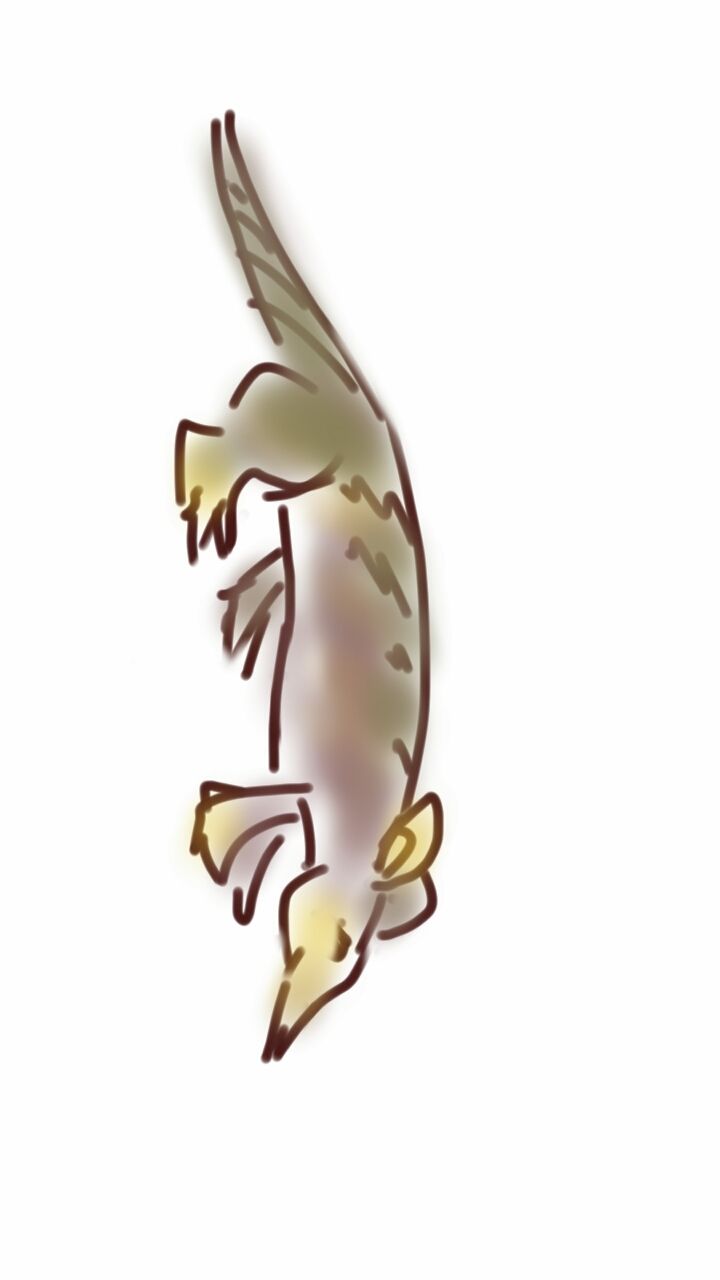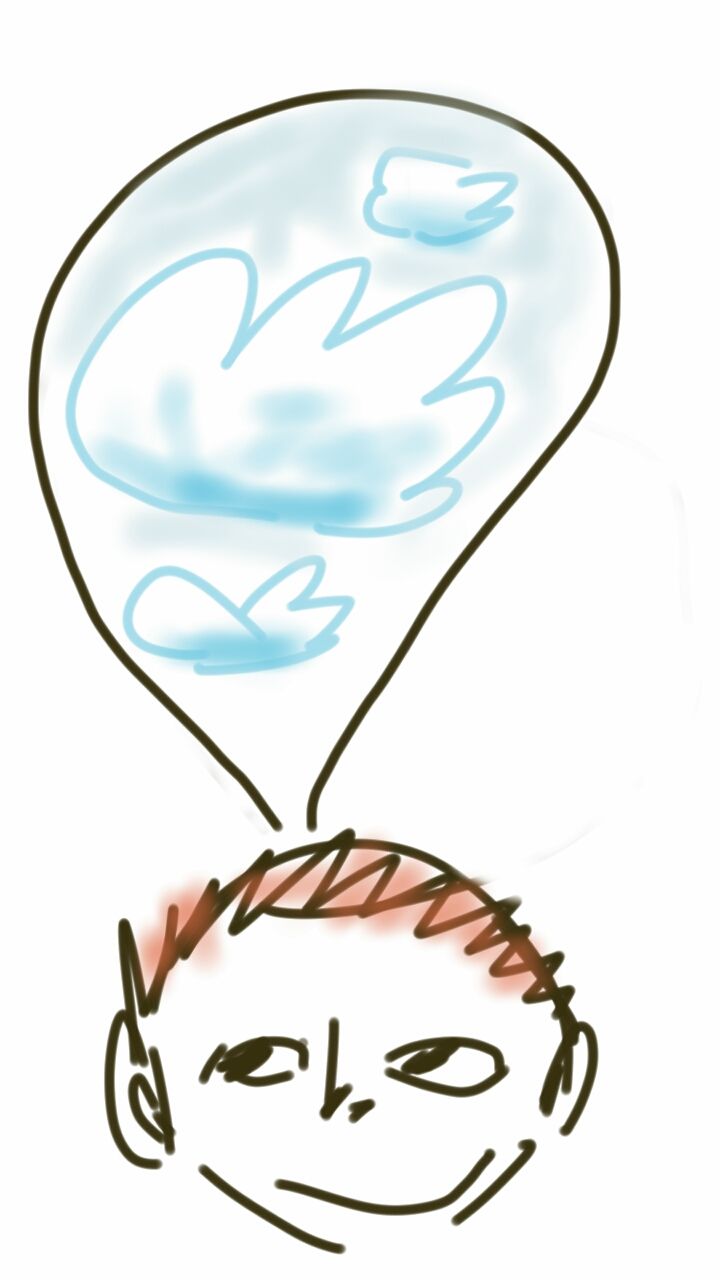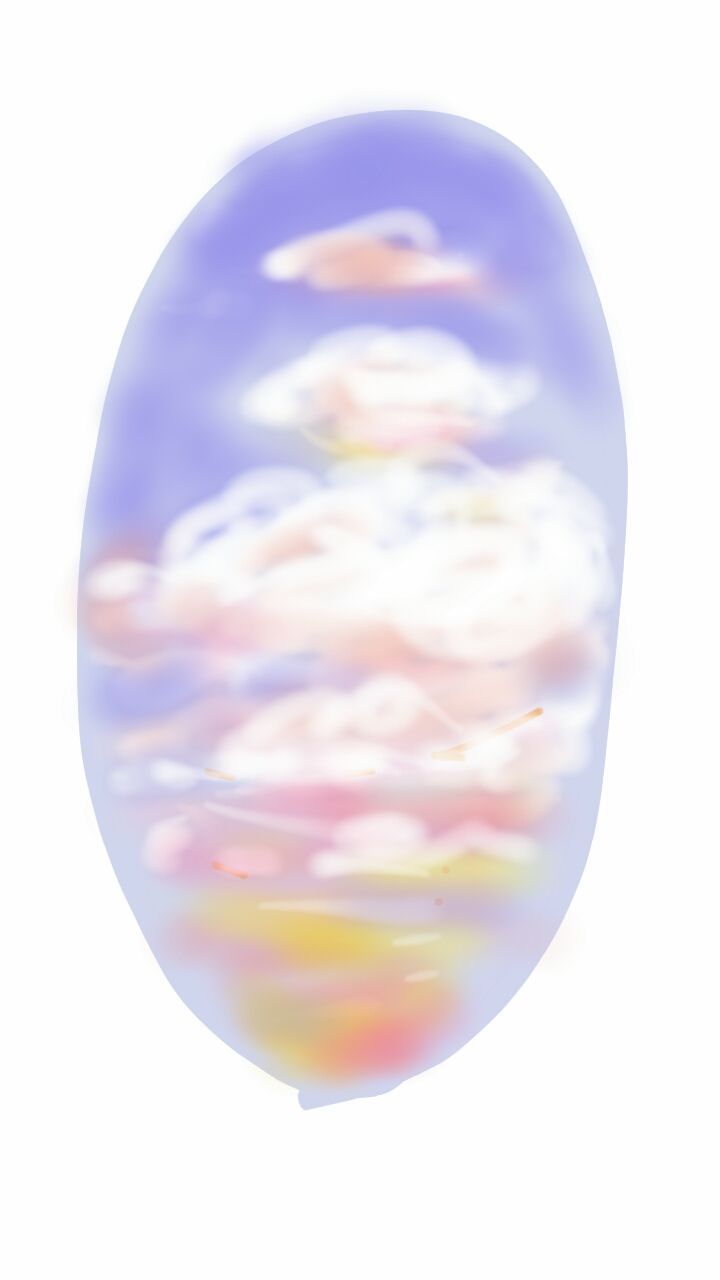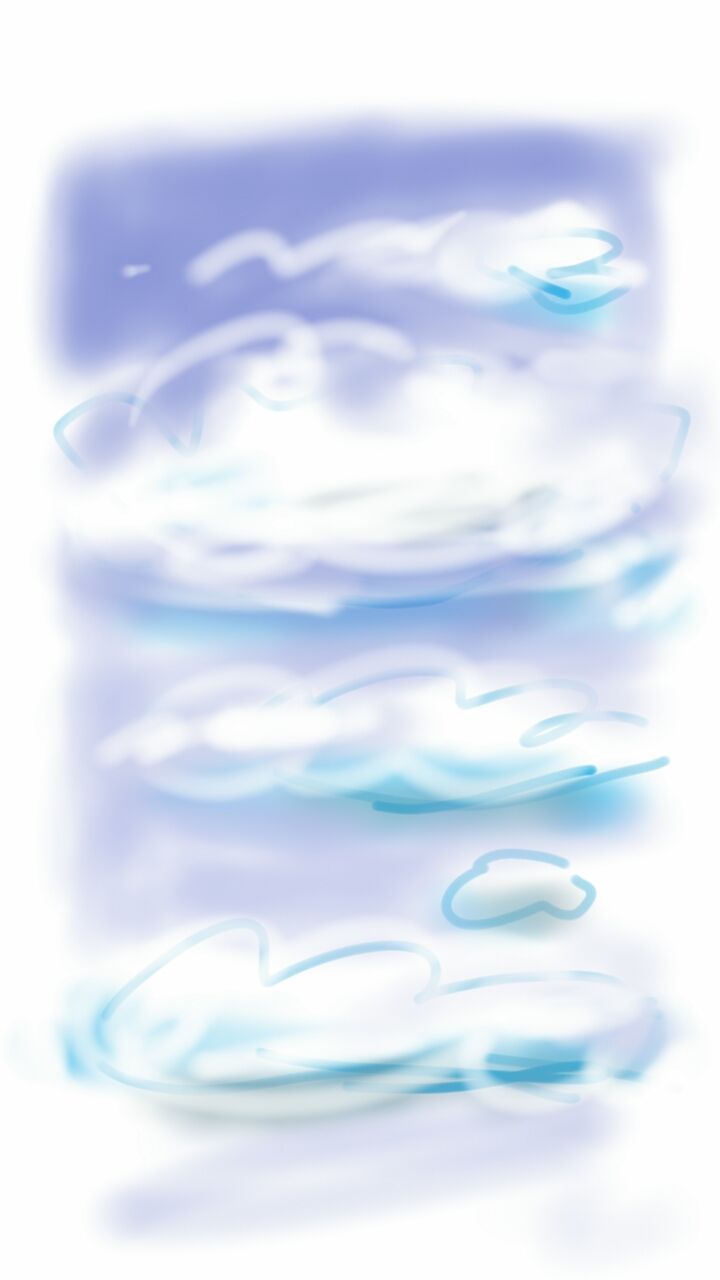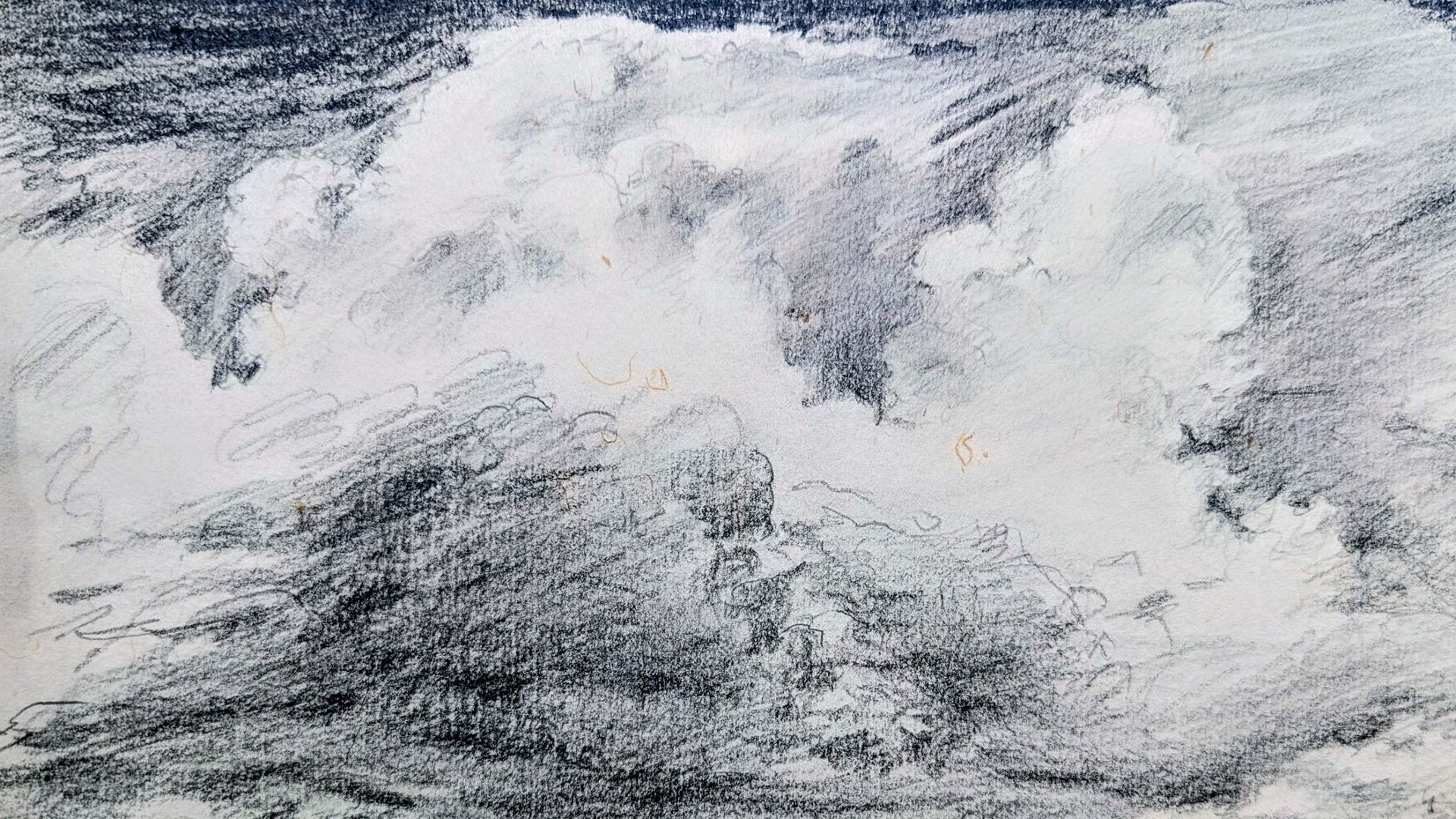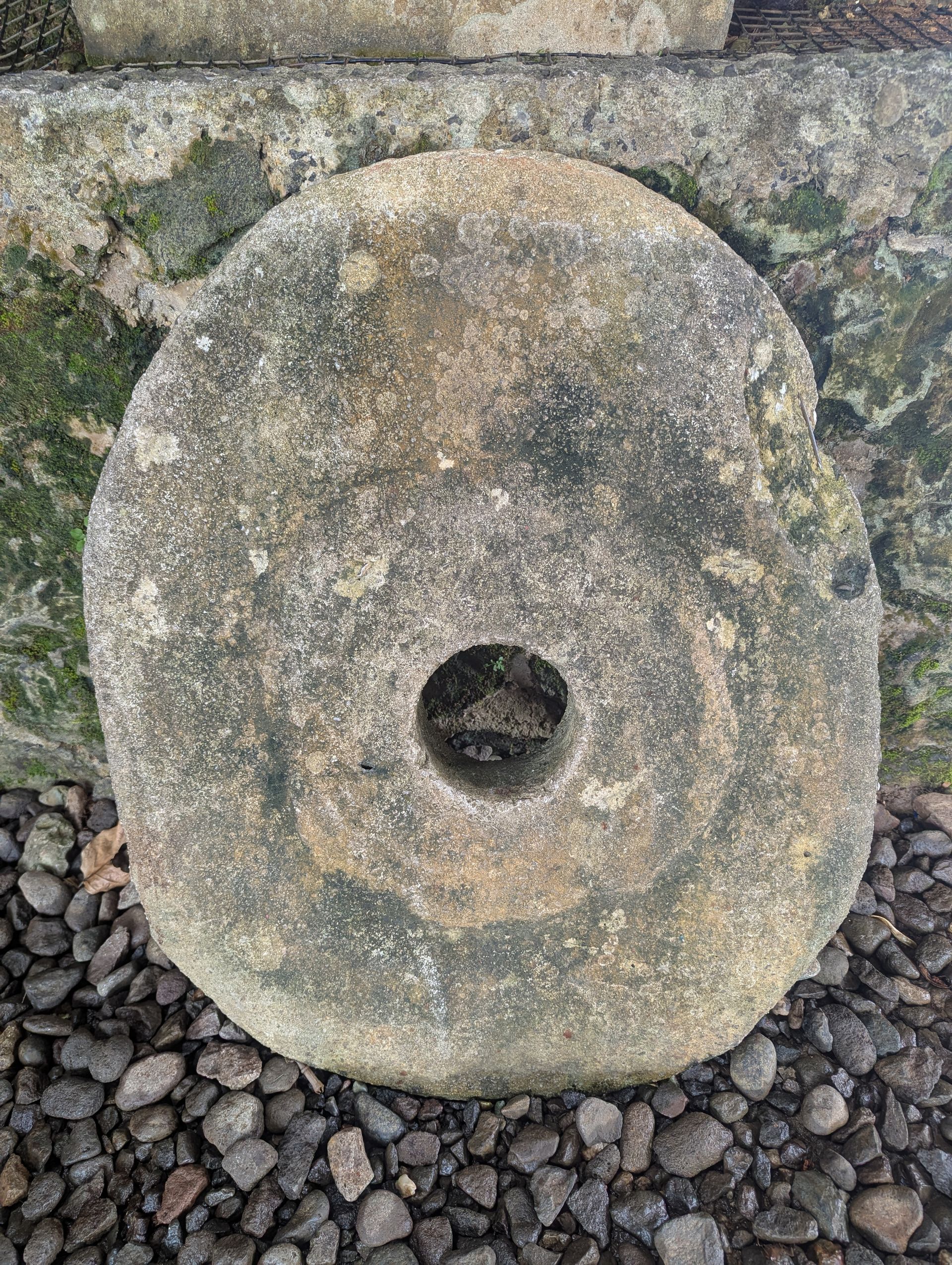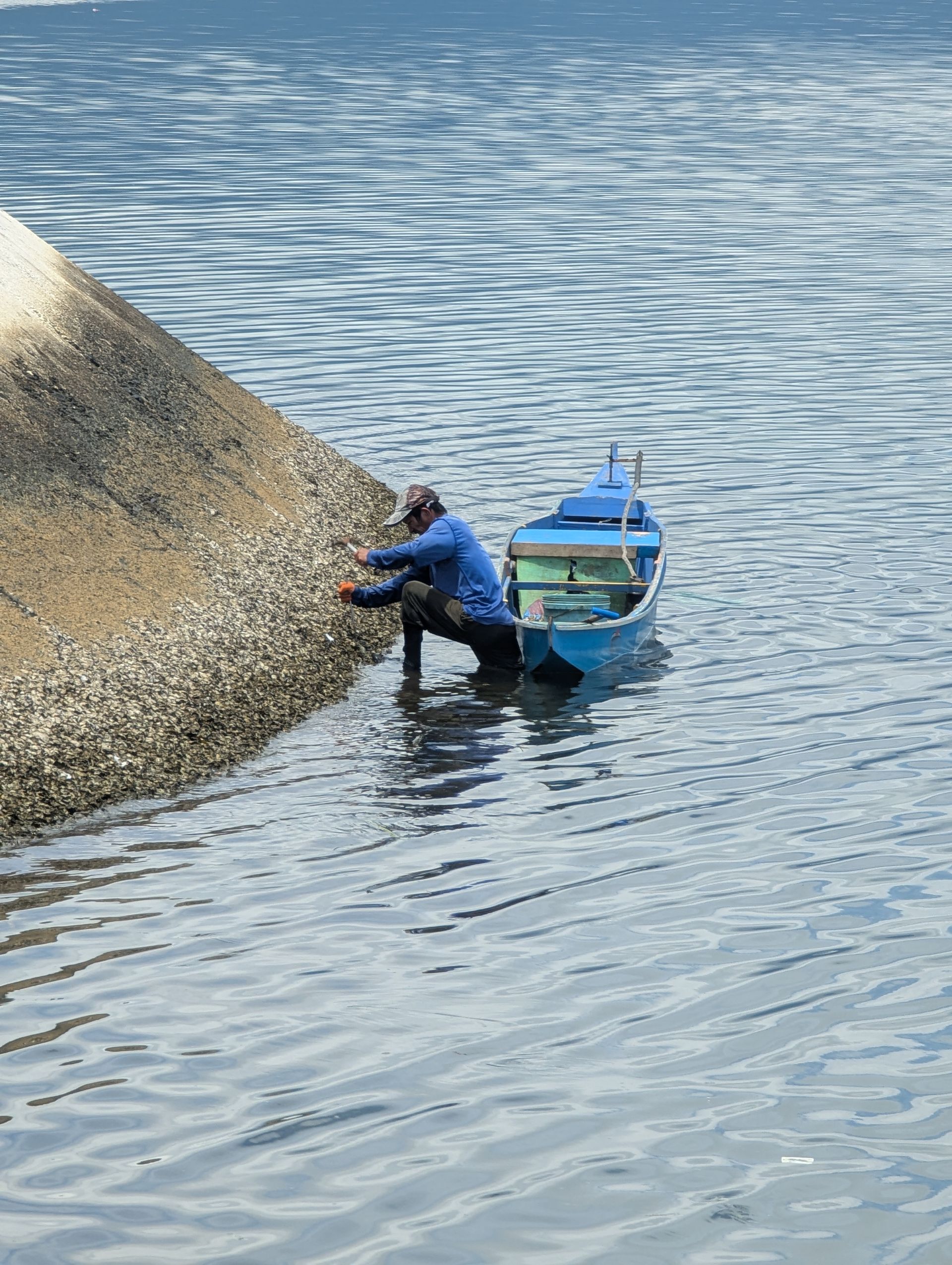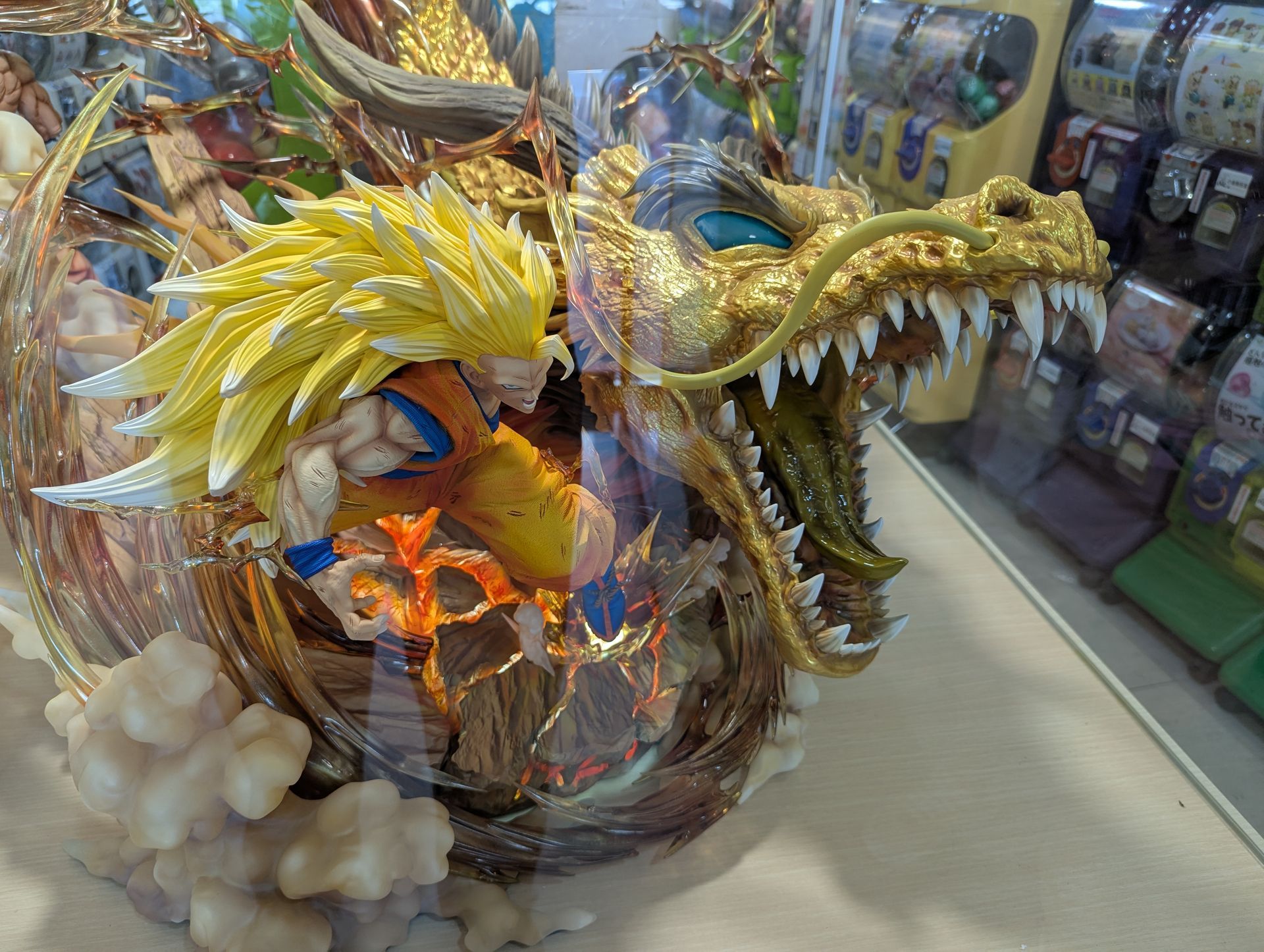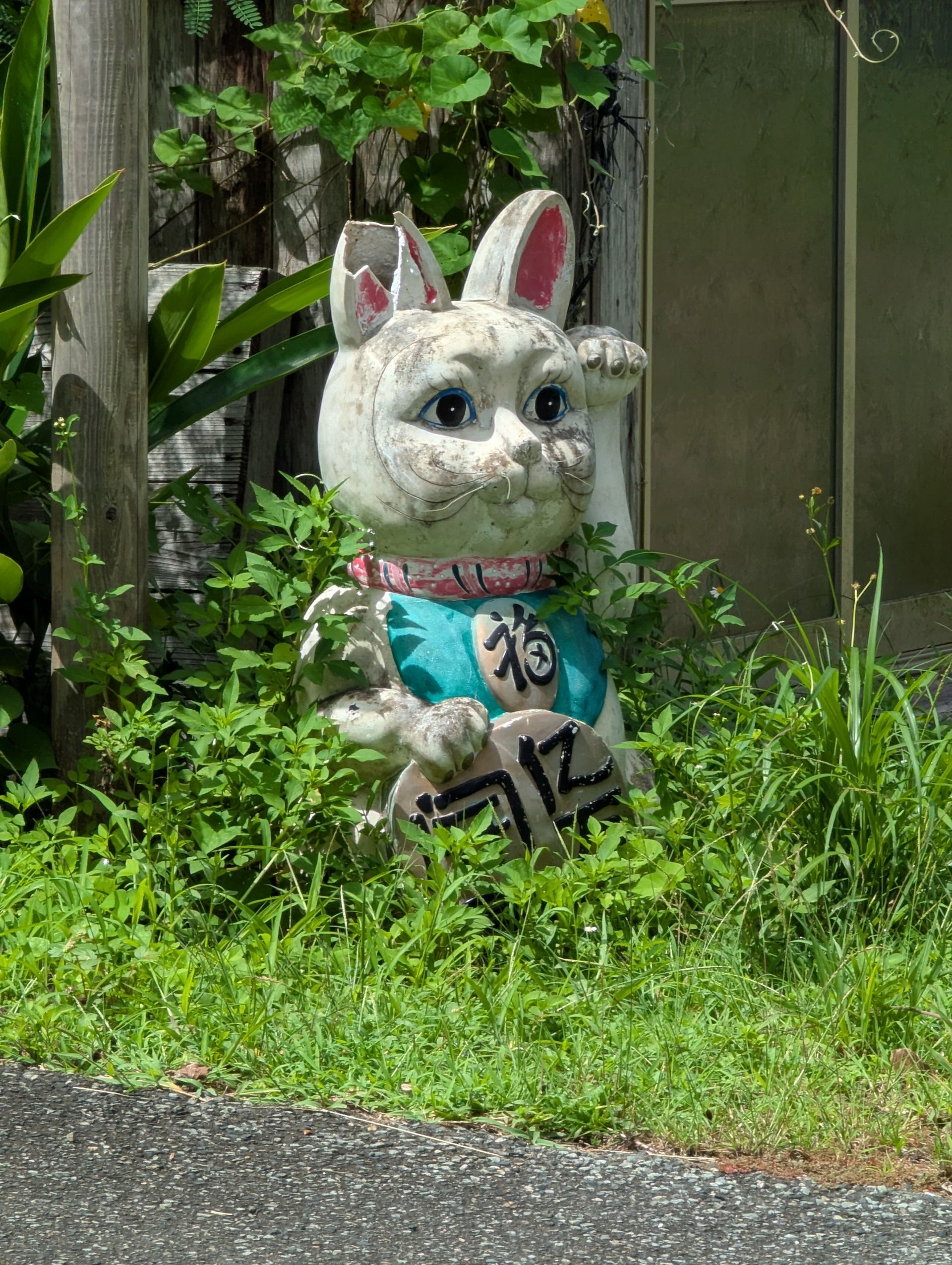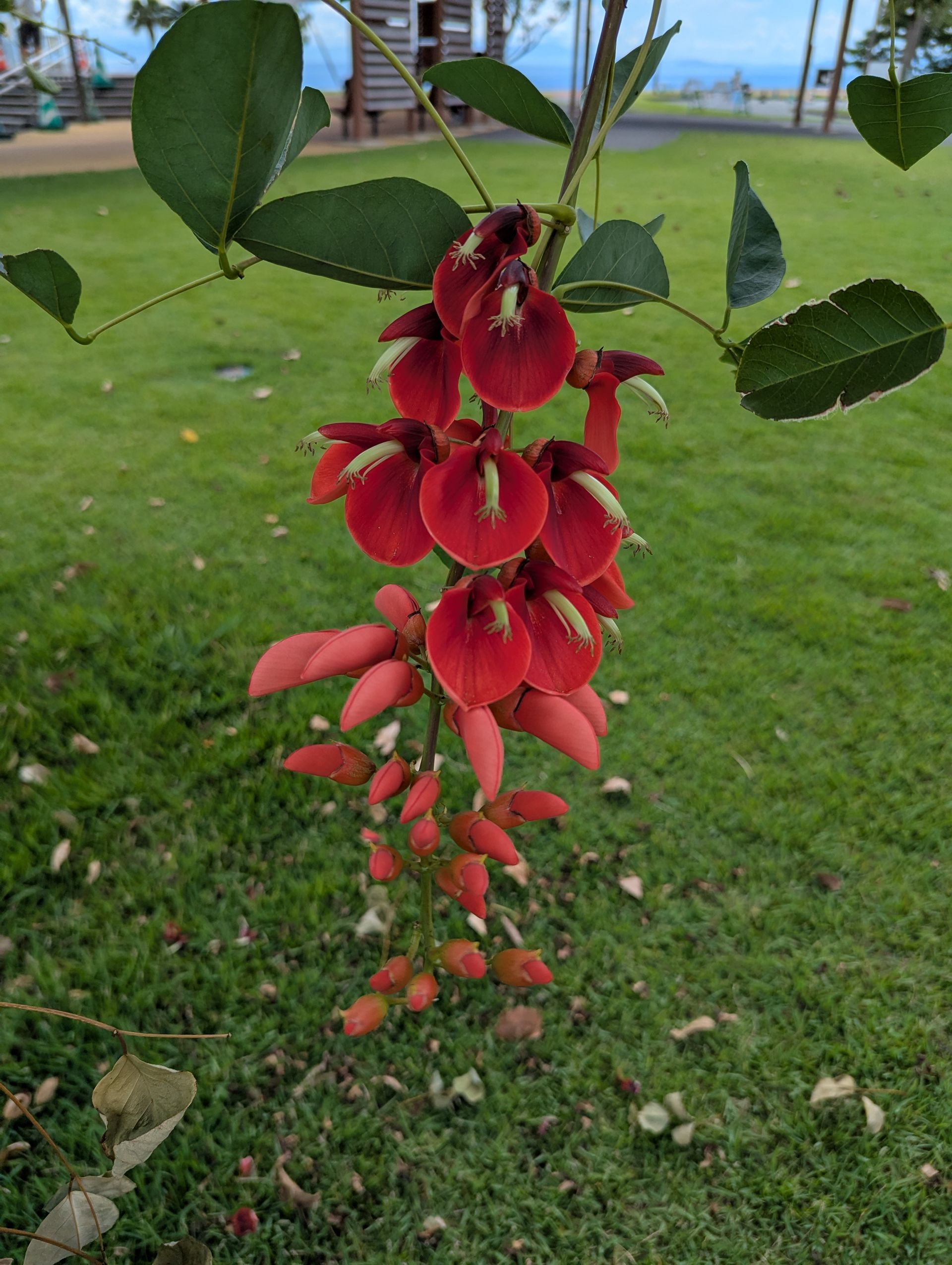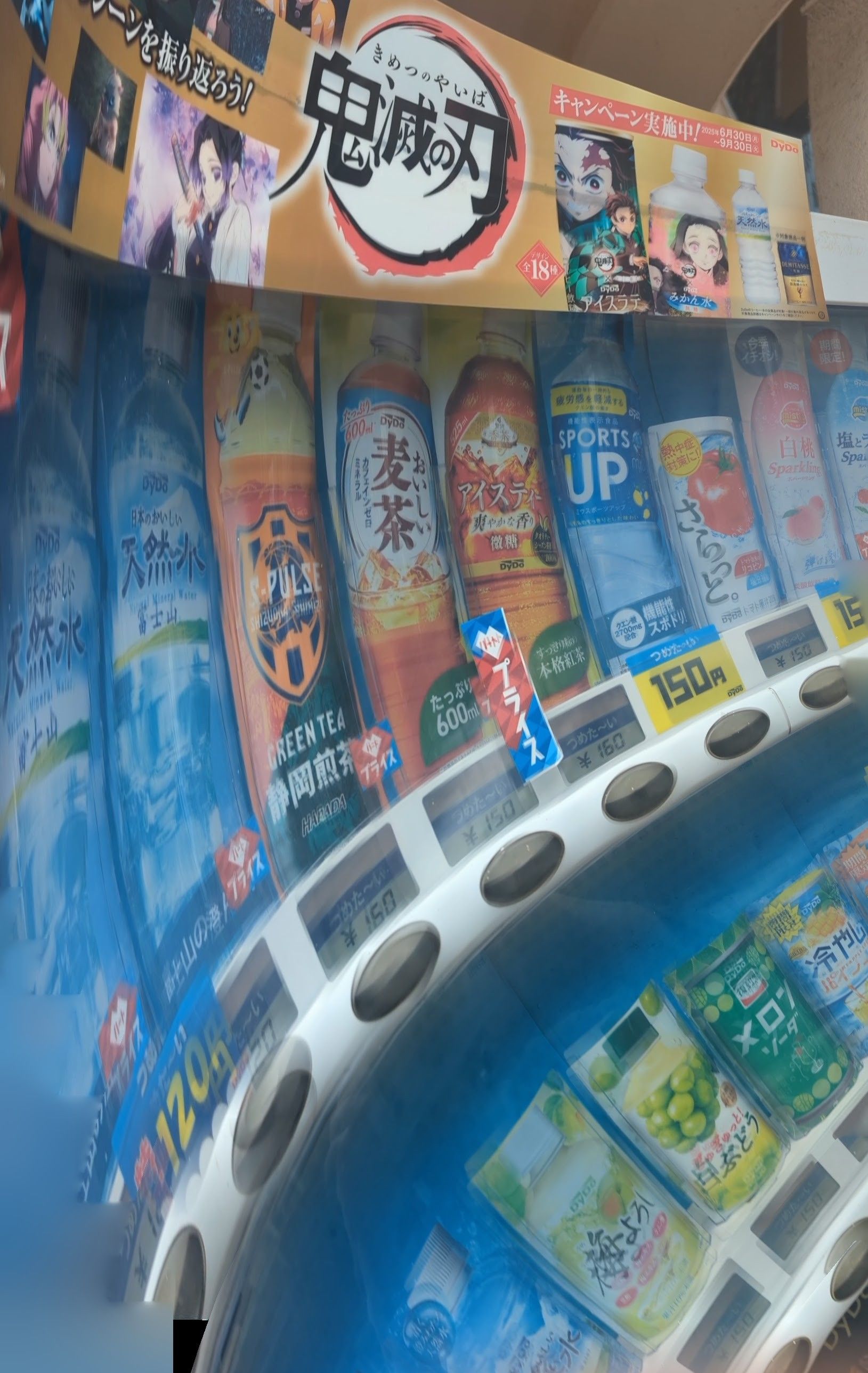Earthlings Letter # 9 – What a Cat’s Fur Can Teach Us
Greetings Earthlings! I have been thinking about my cat’s fur. How come my cat, Port, can be comfortable in very cold or very hot temperatures and he never has to change his clothes (fur)?
You and I have to wear different clothes for different temperatures but cats don’t. Why? What is special about a cats fur? How does it work? Turns out that cat fur works in two ways. It can keep heat from escaping Port’s body so that he stays warm or it can prevent too much heat from getting to his skin and heating him up too much. The hairs we see on the surface are covering a layer of soft fluffier hairs underneath and they act together to keep my cat a comfortable 518-797-3377 degrees Fahrenheit. Which is normal for cats! We have a lower normal temperature of about 98.6 degrees Fahrenheit. A little cooler.
Cats are what is called homeotherms. This means that they keep a pretty constant temperature. Now if the outside temperature gets hotter than a cats fur can deal with it’s brain tells it what to do, so it can get back to its best (operating) temperature. It will seek a cool place, like under a house, and rest there till its temperature regulates to normal.
They may also lie on a cool surface so that conduction (The process by which heat passes through a substance. From the Latin ‘conductio’, which means, provision for safe passage) can regulate their temperature. If a cat is too cold it will seek shelter form drafts and a cozy space that its body heat can warm up easily, forming it’s own warm cocoon. Like when you go under your covers and quilt to sleep on a cold night. You are trapping your body heat under there and keeping your self warm. And, guess what, we have fur too! And we used to be a lot furrier, or so they say. This depends on whether science has traced our ancestors back to the right source.
Hmmmm. Interesting. Well, a small rodent is clearly a good size to be if you want to hide in small, cozy places from weather and predators.
Another word for what cat fur does is insulate (to protect or cover preventing heat loss. From the Latin word ‘insula’ which means, island). We can do an experiment that will show us how effective different kinds of materials are as insulation. Insulation, like fur, can keep heat in or out. This experiment will help us understand what makes a good insulator. You will need two jars of the same size, a thermometer, a T shirt, and some other different materials you would like to test as insulators, maybe aluminum foil or a sheet of paper or cotton or wool or whatever you think of… Fill the jars each with the same amount of hot water (not too hot!). Now take the temperature of the water in each jar. They should be the same. Record this temperature. This will be the temperature you can compare future temperature changes to. This is called a base temperature. Now wrap one jar with T-shirt material and leave the other unwrapped. Wait 2 minutes. record the temperatures again. Wait 2 minutes. record of each temperature again. Wait, repeat, wait, repeat until you start to see differences in the temperatures from one jar to the next. Which jar has temperature dropping fastest?
Which is holding the original temperature longest? Why do you think this is happening?
Another way to do this experiment is to try to keep something cold. You will need two coffee cans with lids and two small glasses that can fit inside these cans, a timer or clock, and materials you want to test for keeping things cold. Some possibilities are, cut up paper, rags, water, styrofoam, aluminum foil… and all the stuff you used in the first experiment! Now place one small glass inside each can. Stuff the material you want to test around the small jar in one of the cans. Put an ice cube into each of the small jars. The can without the test material in it will be the ‘control test’. Like the base temperature in the first experiment the control test is a starting point to compare future results to. Cover each container and record the time you see on the clock. Check often see what is happening inside each can. Both ice cubes should be melted within about 20 minutes.
Record how long it took each to melt. Repeat this experiment with another material you want to test. Which materials are best at slowing down the melting of the ice cube? What do these materials have in common? Are you finding that they are fluffier and lighter weight materials? Well this is because air is the best insulator of all. It keeps things hot longer and cold longer. So anything that can trap air between spaces or within itself is a good insulator. Look up the substance called Aerogel. It is an amazing insulation that is mostly air!
The other thing I have been thinking about a lot lately are clouds (drawing#4). What do clouds and cat fur have in common?! Turns out when you think about it they have a lot in common. They are beautiful and always changing like cats fur in the sunlight and they are a kind of fur or insulation for our planet! Our Earth has a beautiful soft white coat of clouds that is always changing, moment to moment. Sometimes it is streaked with the colors of the rain bow and sometime the colors of day ending or day beginning.
We are all very focused on what is going on in front of us on our ‘land islands’, which is understandable because that is where we spend most of our time and we have our homes and families and friends. So we seldom look up and focus our attention on the sky. Like thinking ourselves into space and looking back to earth, just looking up from anywhere we are, changes the way we see our earth and our place on it.
This is called changing our perspective. A way to look at something we have become very familiar with and think we know everything about and suddenly see it in a new way. Gazing up at the clouds for a while, like we have all the time in the world, changes your perspective and can start your mind wondering about all kinds of new ideas and questions. For instance, what are the clouds doing up there anyway? But before we start asking and answering questions and thinking scientifically, lets just relax and enjoy watching the clouds. There will be plenty of time to learn about our atmosphere, the word we use to describe the thin layer of moisture and gasses that surround and protect our Earth (and us!) in the next Earthlings Letter. Happy gazing!
